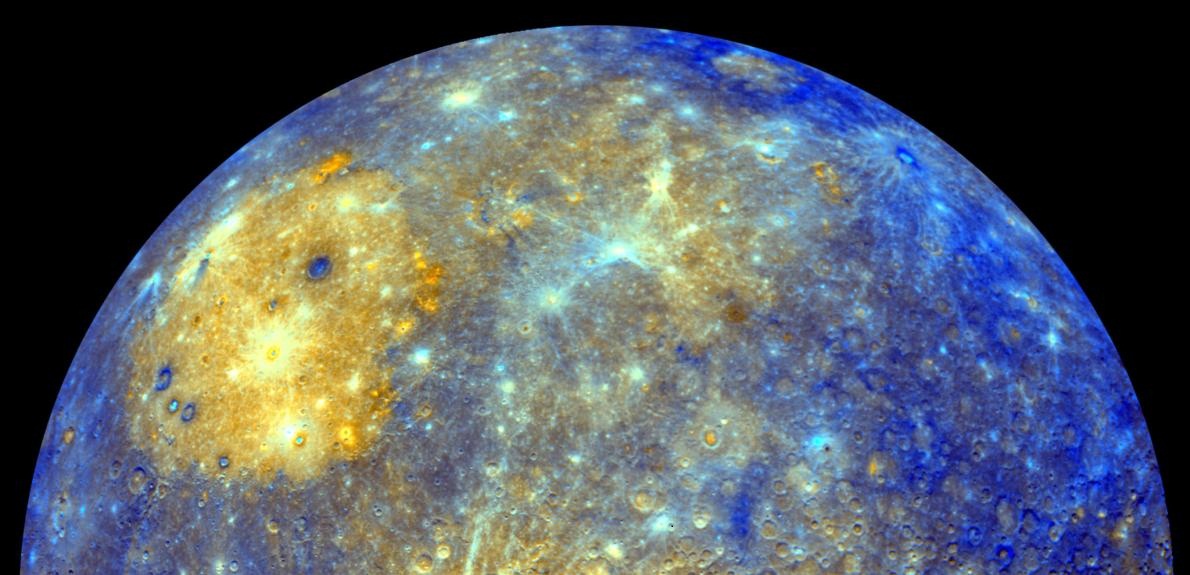This Week’s Night Sky: See Mercury Take Flight

International Dark Sky Week: Where have all the stars gone? The glow of uncontrolled lights that surrounds cities has cut off most humans from the beauty of the night sky. From the heart of an average city, perhaps only a dozen stars are visible on a clear night. But under truly dark skies, the human eye can make out up to 4,000 twinkling lights painting the celestial canvass.
Celebrated since 2003, International Dark Sky Week (IDSW) is an annual initiative that draws attention to the problems of light pollution and promotes ways to mitigate them. It’s held from April 4 to 10 in connection with Global Astronomy Month. Check out the IDSW web site for ways to explore your local skies through cool citizen science projects, and learn how you can raise awareness of light pollution and help conserve your night sky.
Zodiacal Lights. Illustrating the importance of dark skies, skygazers beyond city limits should be on the lookout for the faint but beautiful gleam of the zodiacal lights. With not much of a moon to speak of in the overnight hours, this week offers the best chance for Northern Hemisphere observers to hunt down the pyramid-shaped display.
Even from the dark countryside, the super-faint lights are sometimes mistaken for the glow of the Milky Way or a distant city just over the horizon. The zodiacal lights are actually created as sunlight reflects off countless interplanetary particles scattered along the plane of the solar system. This cosmic dust was produced through violent collisions between asteroids, comets, and primordial planets billions of years in the past.
Primetime Mercury. City dwellers living under heavy light pollution can usually track down four bright planets in the sky: Venus, Mars, Jupiter, and Saturn. But one world that is visible to the naked eye remains elusive to most newbie stargazers no matter their location. Mercury, the closest planet to the sun, is usually lost in the solar glare near the horizon.
Starting on Friday, April 8, the tiny planet will begin emerging from the evening twilight as it appears to move farther away from the sun. And on Friday only, the super-thin crescent moon will act as a convenient guidepost.
Face the southwestern horizon starting about half an hour after local sunset and scan the sky with binoculars to catch the waxing crescent moon. Scan about seven degrees to the right of the moon—slightly more than the width of your fist held at arm's length—and you should find the planet’s star-like point of light.
Once you have Mercury’s location using binoculars, it should be fairly easy to spot with just your eyes. Make sure you keep tabs on the little world, because over the next two weeks it will continue to rise above the sun’s glare and become an increasingly easier target.
Moon and Bull. Moving on from Mercury, the moon will serve as a helpful guide for finding an angry eye in the sky. After darkness falls on Sunday, April 10, the thin crescent will be parked next to Aldebaran, the red “eye” in the constellation Taurus, the bull. The two objects will appear super-close together, separated by only one degree, equal to two lunar disks.
Aldebaran is a dying red giant star about 66 light-years from Earth. Look closely through the lunar glare—perhaps with the aid of binoculars—and you may also notice that the distinctly orange-colored star pins down one end of a V-shaped star cluster. Called the Hyades, this loose gang of stars lies roughly 150 light-years from Earth, making it one of the closest clusters.

